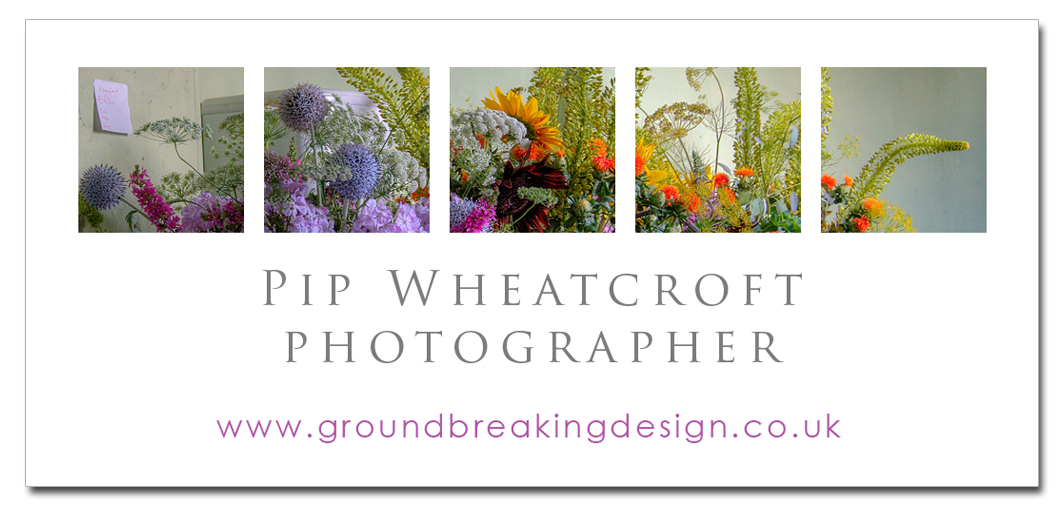16 June 1917 to 7 October 2009

Irving Penn was born in June 1917 in Plainfield, New Jersey. The son of a watchmaker and nurse, he went on to study drawing, painting and graphic and industrial design at The Pennsylvanian Museum School of Industrial Art in Philadelphia from 1934 to 1938. It was during this time that he was taught advertising design by Alexey Brodovitch. Brodovitch worked at Harper’s Bazaar in New York. Penn’s graphic talent impressed him and he went on to work as unpaid assistant for two summers at the magazine.
On graduating Penn worked as a freelance designer and illustrator for Harper’s Bazaar and other clients, eventually inheriting Brodovitch’s position at Saks Fifth Avenue.
At 25 Penn moved to Mexico to devote himself to painting but after a year decided he would never be more than mediocre and returned to New York to assist Alexander Liberman, art director of Vogue. His first suggestion for a still life front cover was rejected by the staff photographers and he was asked to take the photograph himself. It appeared on the front cover of Vogue on Oct 1 1943. His photographs appeared on more than 150 Vogue covers over the next 50 years.

Vogue Oct 1943
By 1947 he’d begun his first serious portrait work primarily of artists and celebrities. He established style an instantly recognisable style of elegant minimalism that was firmly grounded in his graphic arts background. This quiet manner of photography quickly came to define the post war New York view of what was chic. A method described as almost Shaker style restraint.

‘Harlequin Dress’ (Lisa Fossagrives Penn) New York 1950.
His 1947 image ‘Twelve Most Photographed Models of the Period,’ a group portrait, includes his wife Lisa Fossagrives at its centre.

Woman with Roses
In 1948 he began to pose his subjects by wedging them between two plain walls that met in a sharply angled vee. He used this as a means of closing people in. Their reactions varied between claustrophobia and self assured composure. Penn’s portraiture wasn’t about establishing a relationship between the photographer and the subject, it was about composing a graphically pleasing image that reveals something about the subject.
Penn used the same style with almost obsessive consistency over the next fifty years. Described as ‘mathematically elegant’ it proved to be very flexible. Perhaps because of this, the least noticed and most surprising thing about Penn’s photography is that it works well in any size from thumbnail to museum sized print. He also acquired a reputation for perfectionism at all costs.
In 1949 and 50 he created a series of nudes which did not impress his fellow photographers and art directors at Vogue. They were appalled by the bleached out pictures of heavy women the antithesis of the magazine’s trademark look.
Model Number 1
It took thirty years to pass and international recognition before these pictures were finally given an exhibition.
Passing 65 with no thought of retirement Mr Penn he increasingly devoted himself to still lifes and portraits of older artists, and began contributing to the fledgling magazine Vanity Fair. In 1985 'Mr Penn' began to draw and paint again after a gap of 43 years.
12 Most Photographed Models New York 1947
She later appeared in some of his most memorable fashion images including ‘Woman With Roses’ in 1950, the year she became his wife.
Woman with Roses
In 1948 he began to pose his subjects by wedging them between two plain walls that met in a sharply angled vee. He used this as a means of closing people in. Their reactions varied between claustrophobia and self assured composure. Penn’s portraiture wasn’t about establishing a relationship between the photographer and the subject, it was about composing a graphically pleasing image that reveals something about the subject.
Penn used the same style with almost obsessive consistency over the next fifty years. Described as ‘mathematically elegant’ it proved to be very flexible. Perhaps because of this, the least noticed and most surprising thing about Penn’s photography is that it works well in any size from thumbnail to museum sized print. He also acquired a reputation for perfectionism at all costs.
In 1949 and 50 he created a series of nudes which did not impress his fellow photographers and art directors at Vogue. They were appalled by the bleached out pictures of heavy women the antithesis of the magazine’s trademark look.
Model Number 1
It took thirty years to pass and international recognition before these pictures were finally given an exhibition.






Hi Steve here,
ReplyDeleteLike the way you have leapt into this way of working, Just as a note can you make sure that you dont use cut and paste but free write what your thoughts and ideas are based on what aspect of the researched photographers work. This is really important as we need to see your work only please, light introductions using cut and paste are fine but 80% needs to be your writing.
speak with you sat, good work
steve